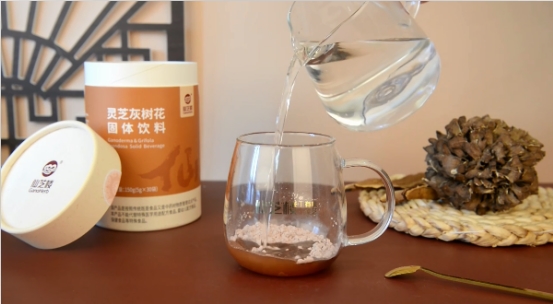
Hearing the name of Maitake, people often think that it is a kind of flower in their ideology, but it is not true. Maitake is not a kind of flower, but a rare mushroom, because of its graceful appearance. It is like a bouquet of lotus flowers in full bloom, so it is given the name of the flower.
Maitake has the functions of fortifying the spleen, boosting qi, supplementing deficiency and supporting right. In recent years, as a health food, it has become popular in Japan, Singapore and other markets.
Historically, both China and Japan belonged to countries that knew Maitake earlier.
According to the Junpu, which literally means Mushroom Treatise, written by Chinese Song Dynasty scientist Chen Renyu in 1204, Maitake is an edible mushroom, which is sweet, mild-natured, non-toxic and can cure hemorrhoids.
In 1834, Konen Sakamoto wrote Kimpu (or Kinbu), which first recorded Maitake (Grifola frondosa) from an academic point of view and pointed out that it can moisten the lungs, protect the liver, support right and secure the root, which made its medical efficacy recognized again.

Like most edible fungi, Maitake has a unique fragrance, and it tastes crunchy and refreshing.

In addition, Maitake is loved by more and more people because of its sweet taste, mild nature and efficacies such as fortifying the spleen and boost qi, supplementing deficiency and supporting right, and disinhibiting water and dispersing swelling. It has become a commonly used fungus for both medicine and food [1] .
Studies have found that the qi-supplementing effect of Maitake is closely related to its ability to boost the immune system. The polysaccharides contained in Maitake can boost the immune system. Animal experiments have found that Maitake polysaccharides can significantly increase the weight of immune organs, thereby enhancing immunity[2].
Maitake is rich in nutrients and has the reputation of “Prince of Edible Mushrooms”.
Maitake is rich in vitamins and contains zinc, calcium, phosphorus, iron, selenium and other minerals that are beneficial to the human body. Tested by the Institute for Nutrition and Food Hygiene of the Chinese Academy of Preventive Medicine and the Quality Inspection Center of the Ministry of Agriculture, every 100 grams of dried Maitake contains 25.2 grams of protein (including 18.68 grams of 18 kinds of amino acids required by the human body, of which essential amino acids account for 45.5%).

What are the health benefits of the combination of Maitake and Reishi?

References
[1]Junqi Tian, Xiaowei Han. Influence of Grifola frondosa on the immune system. Liaoning University of Traditional Chinese Medicine [J], 2018(10):1203
[2]Baoqin Wang, Zeping Xu, Chuanlun Yang. Study on the immune activity of β-glucan from fermentation mycelium of Grifola frondosa extracted with high purity alkali [J]. Journal of Northwest A&F University (Natural Science Edition), 2011, 39(7): 141-146.



